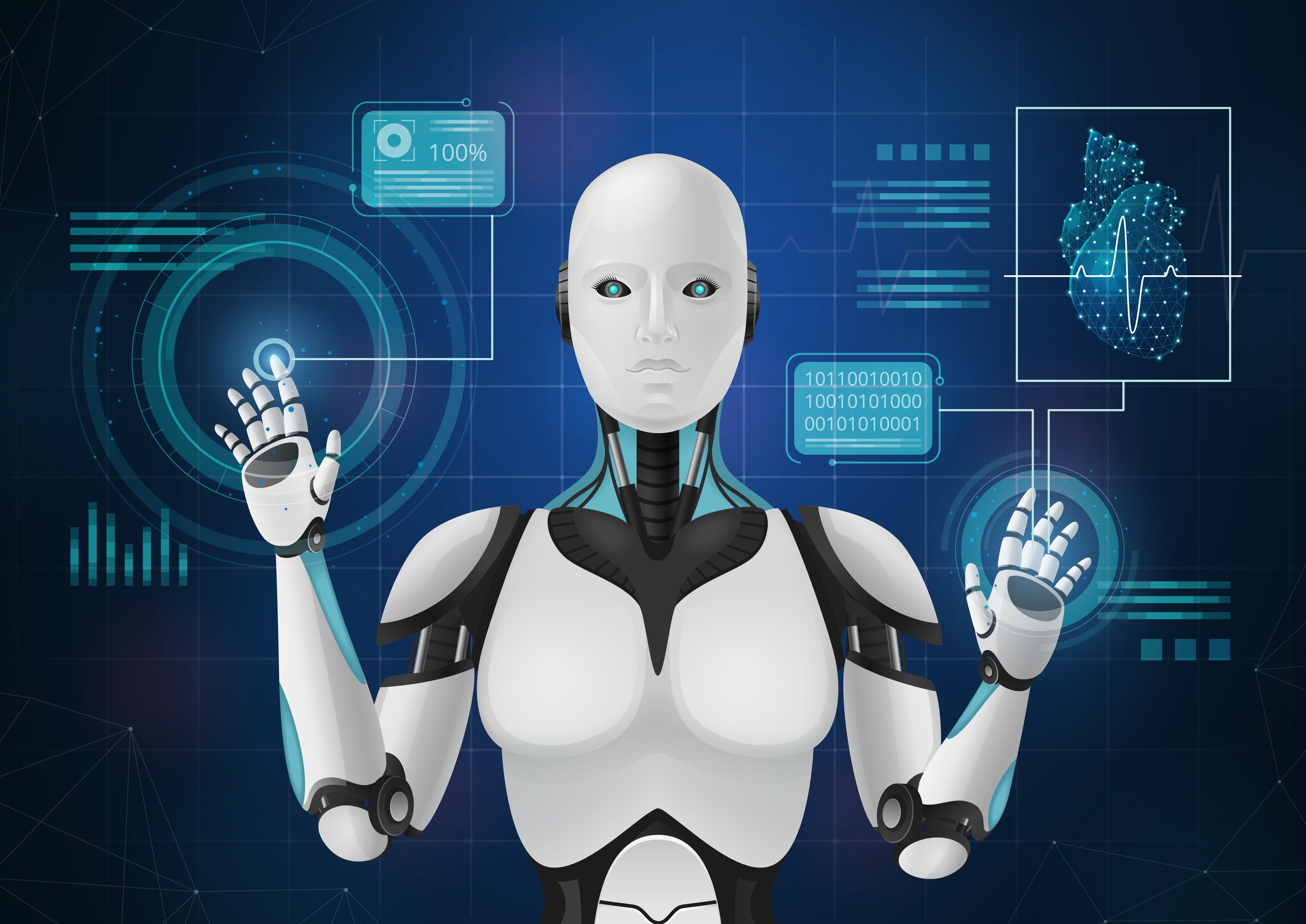Scientists try bioprinting to effectively repair bone & skin during surgery
Researchers at Penn State University have repaired bone and skin defects in a rat model using bioprinting during surgery that could lead to faster and better methods of healing skin and bones. The team used extrusion bioprinting and droplet bioprinting of mixtures of cells and carrier materials to print both bone and soft tissue. The researchers also want to translate this research to human applications and are continuing to work with neurosurgeons, craniomaxillofacial surgeons and plastic surgeons.
